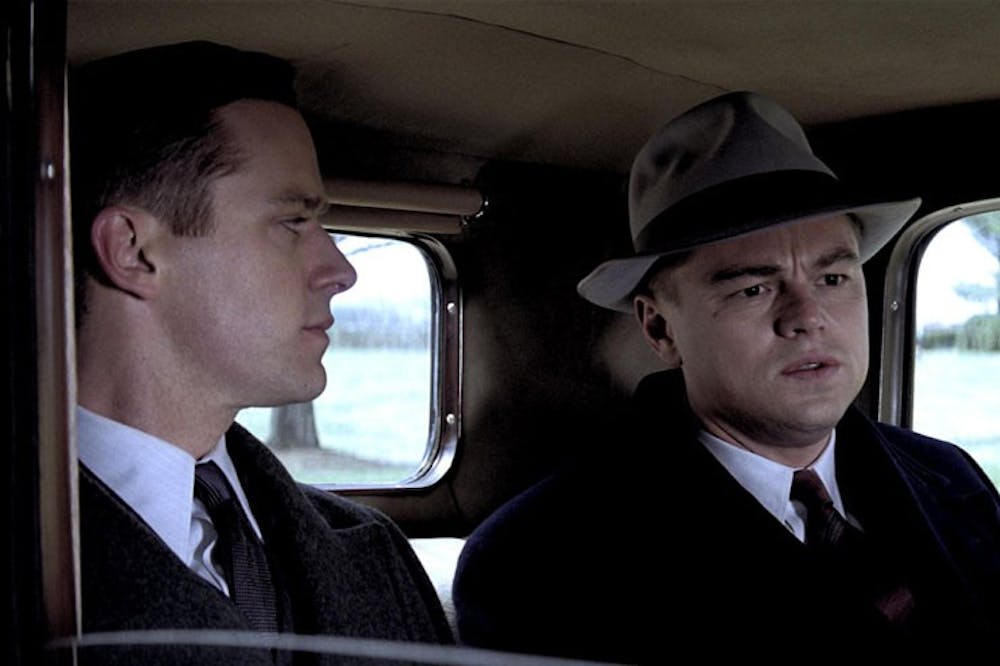“J. Edgar” is a film for the scholars and not for the movie fanatic.
While it has beautiful cinematography and good acting, it most certainly is not a fun or entertaining movie by any stretch of the imagination. The plot, set around the life and times of J. Edgar Hoover, the founder and first director of the FBI, was extremely bland. The script wasn’t very well-written, no matter how historically accurate, because of its general lack of a point.
“J. Edgar” is a slow burn, much like a 10-foot-long Cuban cigar. It has no true climax and no true low point. It’s basically the same excitement and drama through most of the two-plus hours of the film. Throughout the entire movie I found myself becoming more and more restless and fidgety, which also lead me to in the end, occasionally sneak a look at my cell phone. I’d have to say that unless you’re someone who likes to contextualize film, don’t go and see J. Edgar, because frankly that’s a major portion of any possible enjoyment from the film.
The story is actually told in two alternating parts. At the absolute start of the movie, you are thrown into the end of Hoover’s life, which is sometime in the early 1970s, while you also have the storyline starting with his first gig for the government in the 1920s. This can be confusing, and the transitions often seemed abrupt for no reason.
I will say this about “J. Edgar:” Leonardo DiCaprio, who plays the tough investigator who knows everyone’s secrets and has a few of his own, did a fantastic job. He found a balance between showing emotion and remaining bottled-up that was perfect for the role, and he played Hoover how I imagined him to have been during his life. DiCaprio’s performance was absolute dynamite, but it sadly couldn’t save the film from itself.
The movie has elements from many different genres and styles, from noir to gangster to conspiracy to anti-establishment themes. Many of the early parts of the film, which are set during the early days of anti-communist resistance and the 1930s, have this darkened texture that has a whitewash of light and makes the film seem almost like a black and white movie, but with the lack of contrast. There is one scene toward the end of the movie when people are searching frantically through files, a scene that reminds me of the final scene from 1974’s “The Conversation.”
One of the things about J. Edgar’s character that struck me was the symbolism of power. Each time a new president was elected and the parade passed by his office, he stood outside and waved. From the angle at which that gesture was shown, it had a dictatorial feel, similar to the film clips I’ve seen of Stalin and Hitler, as opposed to the angles I’m familiar with of United States presidents.
In the end, I’d have to say that unless you’re someone who likes to contextualize film, don’t go and see J. Edgar, because frankly that’s a major portion of any possible enjoyment from the film.






